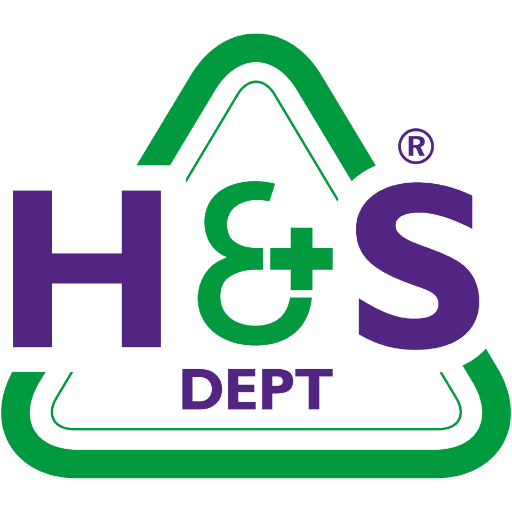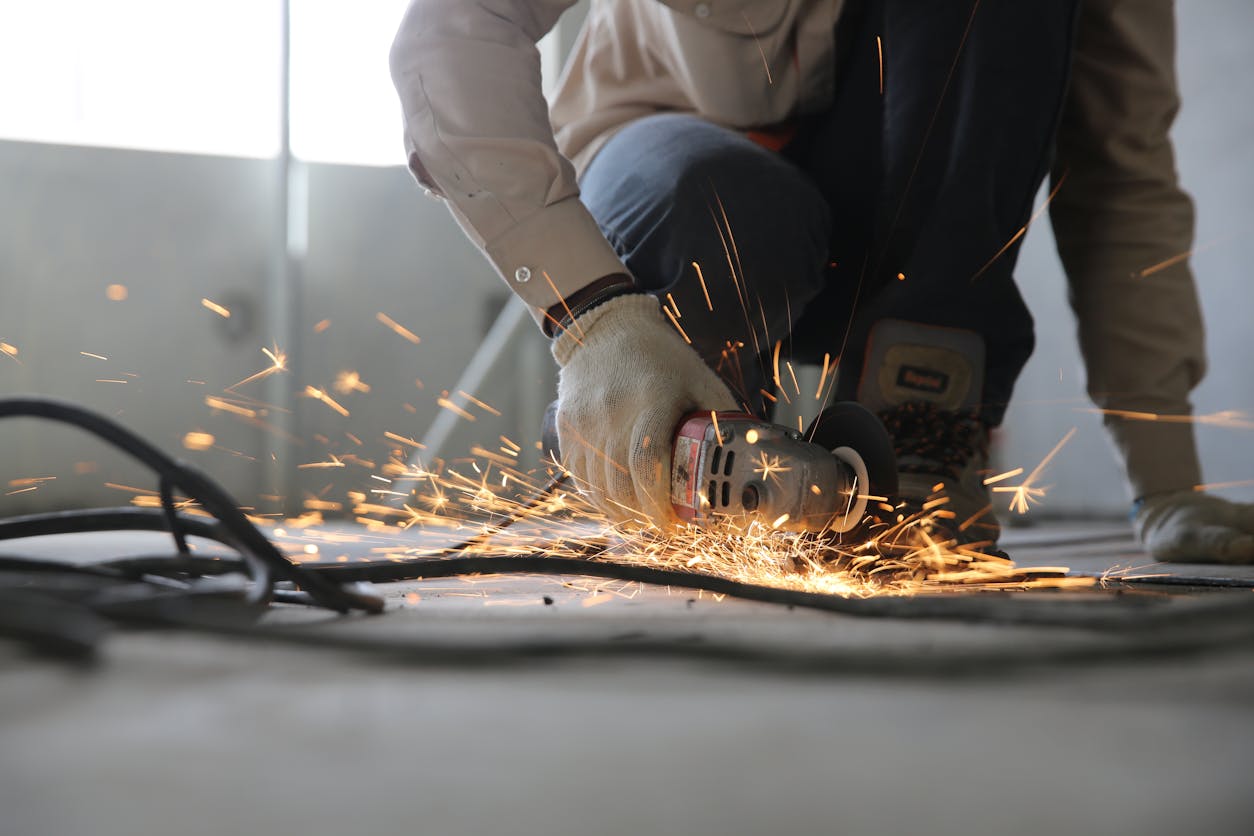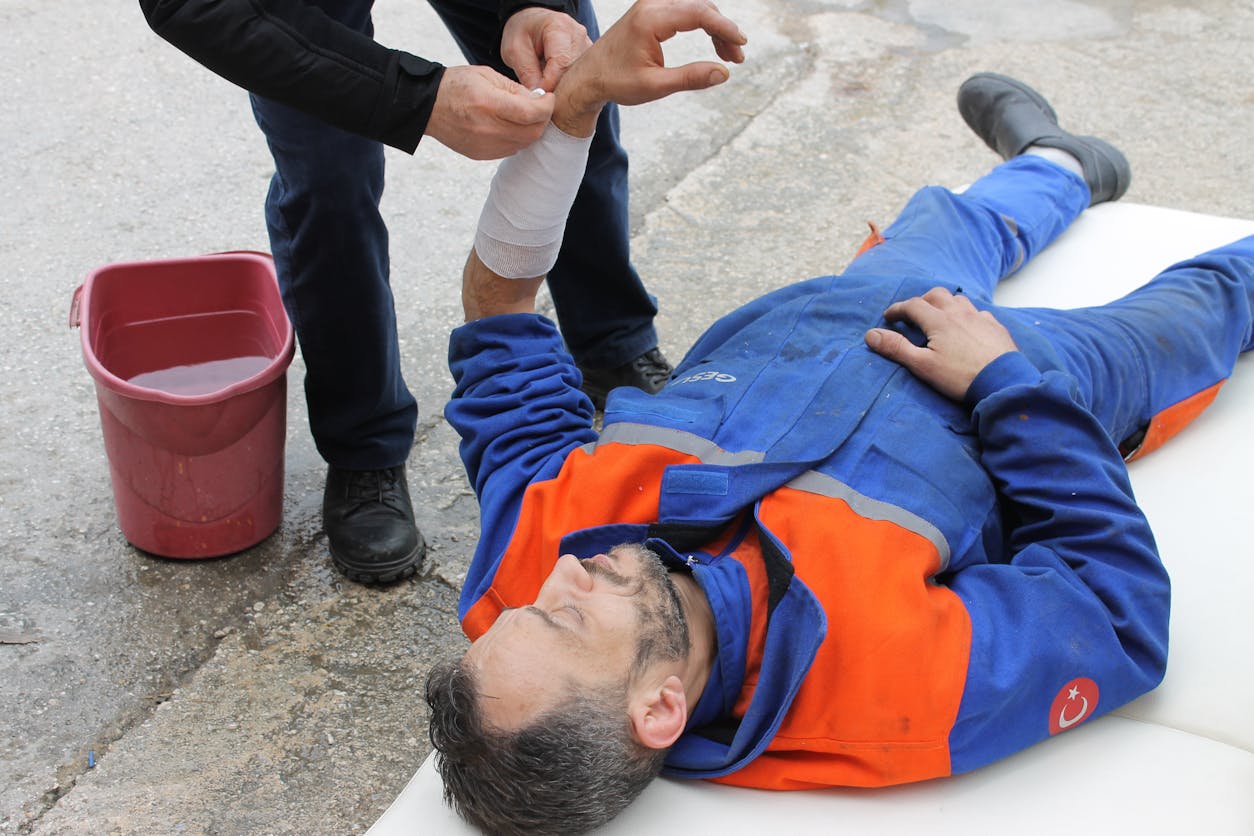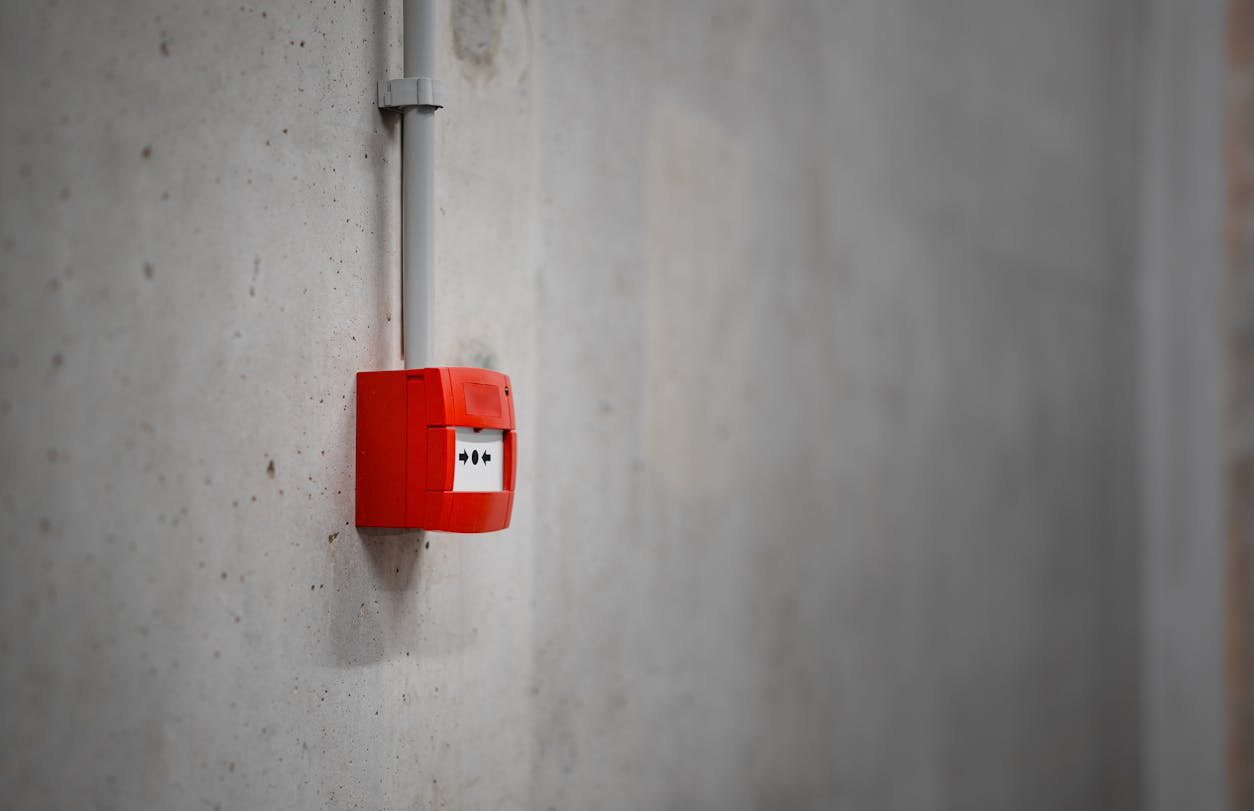With summer temperatures on the rise in the UK, heatwaves are becoming less of an anomaly and more of a regular workplace challenge. For employers, this isn’t just a matter of comfort; it’s a matter of health, safety, and responsibility.
Whether you’re running a construction site or managing an office team, extreme heat can have a serious impact on your staff’s wellbeing and productivity. So how can you keep your team safe, supported and able to perform their best when the mercury climbs?
Let’s take a look at why managing heat at work matters, what the law says and how you can take simple, effective steps to protect your people this summer.
The Real Risks of Working in the Heat
Working in high temperatures doesn’t just make people uncomfortable, it can be dangerous. Excessive heat puts strain on the body, leading to issues like dehydration, fatigue and, in more serious cases, heat stress or heatstroke.
You might notice your team becoming more sluggish, irritable or even unwell. People could start to feel dizzy, nauseous or struggle to concentrate. All of this can affect morale, output and, ultimately, your duty of care as an employer.
Outdoor workers are particularly vulnerable, but let’s not forget that even indoor spaces, especially those with poor ventilation or heat-generating equipment, can become unbearable during a heatwave.
What Does the Law Say About Workplace Temperatures?
Interestingly, UK law doesn’t set a maximum workplace temperature. However, under the Workplace (Health, Safety and Welfare) Regulations 1992, employers are legally required to ensure a ‘reasonable’ working temperature indoors.
This means you’re expected to carry out a thermal comfort risk assessment, identify any hazards, and take action where needed. It’s also good practice to talk to your team about how the heat is affecting them. If people are struggling, you need to respond quickly and appropriately.
You’ll find helpful guidance from the Health and Safety Executive (HSE), including practical advice on maintaining thermal comfort in both indoor and outdoor settings.
Keeping Your Workplace Cool, Safe and Productive
There’s no one-size-fits-all solution, but there are several adjustments you can make to help your employees stay safe and comfortable in the heat.
First, think about the environment. In indoor settings, simple measures like using fans, improving ventilation, or introducing air conditioning where possible can make a big difference. Drawing blinds or applying reflective films to windows can help block out direct sunlight and reduce glare.
Don’t overlook hydration. Make sure everyone has easy access to cold drinking water, and encourage regular breaks – particularly if the work is physically demanding. It may sound obvious, but small changes like this can have a big impact.
If your team works outdoors, try to schedule the more strenuous tasks for earlier or later in the day when it’s cooler. Providing shaded rest areas, allowing for more frequent breaks, and relaxing dress codes (without compromising on safety) are all practical ways to support your staff.
And remember, it’s not just about temperature. Wearing heavy personal protective equipment (PPE) in the heat can be exhausting, so consider whether there are alternative options or if tasks can be rotated to give people a chance to recover.
Why Thermal Comfort Assessments Matter
A thermal comfort risk assessment helps you understand how heat is affecting your team and where changes are needed. It involves looking at things like temperature, humidity, air movement, and the type of work being done.
You’ll want to consider the clothing or PPE your staff are required to wear, the physical demands of the job, and how long people are exposed to the heat.
Once you’ve identified the risks, you can put controls in place – whether that’s installing fans, adjusting schedules or setting up shaded rest zones.
These assessments aren’t a tick-box exercise. They’re a practical way to show your team you care, and that you’re serious about keeping them safe.
How The Health & Safety Dept Can Help
We know it can be difficult to balance safety, comfort, and operational needs—especially when a heatwave hits unexpectedly. That’s where we come in.
At The Health & Safety Dept, we support businesses of all sizes in managing temperature risks in the workplace. We can help you carry out a thorough thermal comfort risk assessment, develop a clear heatwave response plan, and put in place simple, effective measures to keep your people protected.
If you’re unsure where to start, don’t worry. You’re not alone. Reach out to your local office today and let’s work together to keep your team cool, comfortable and protected all summer long.











